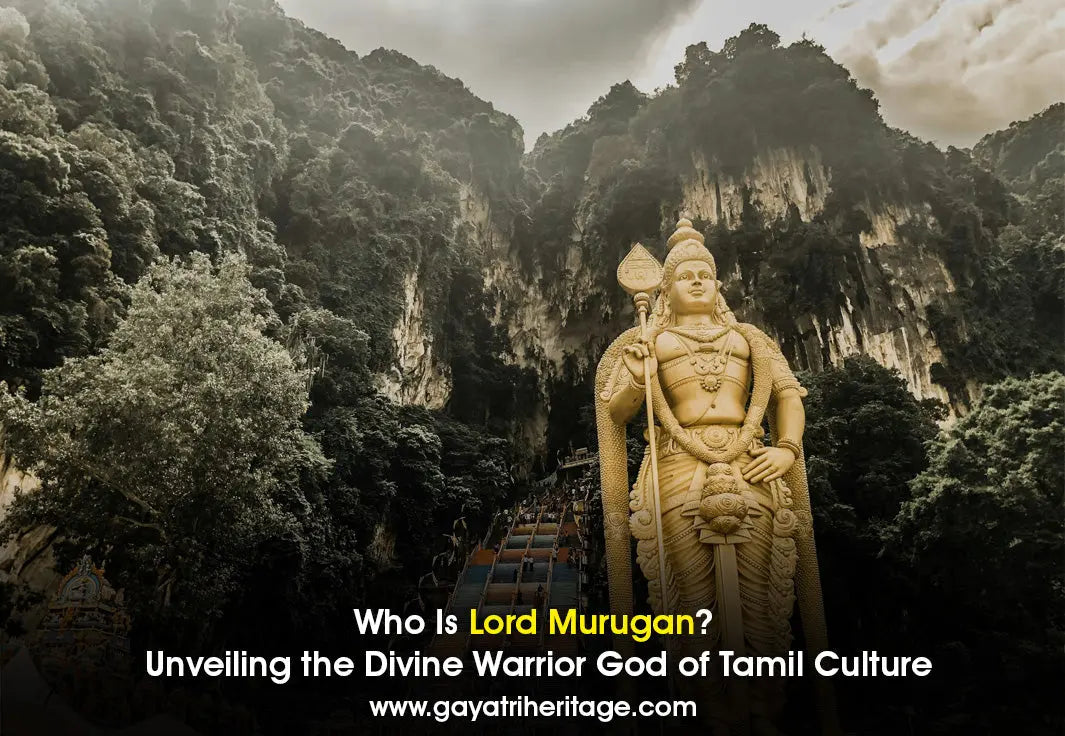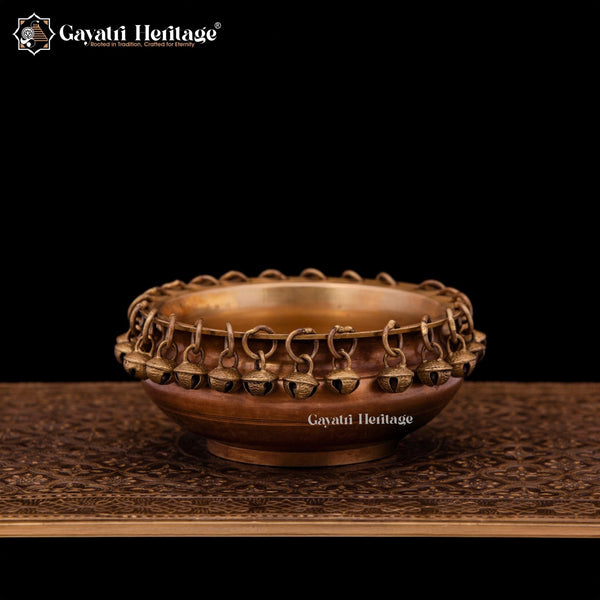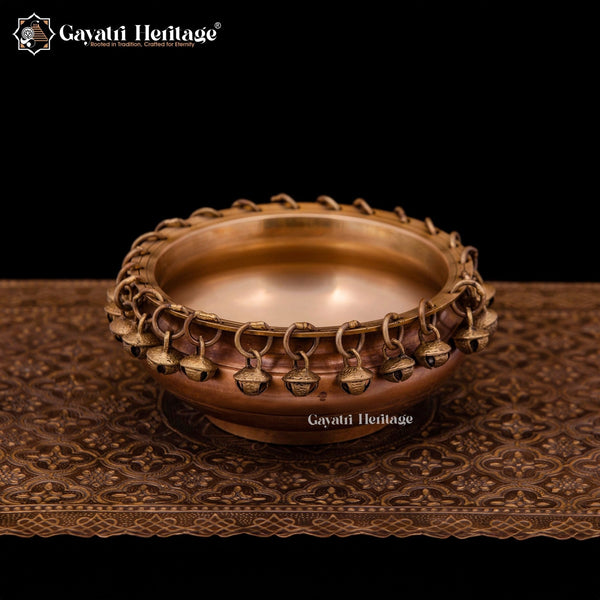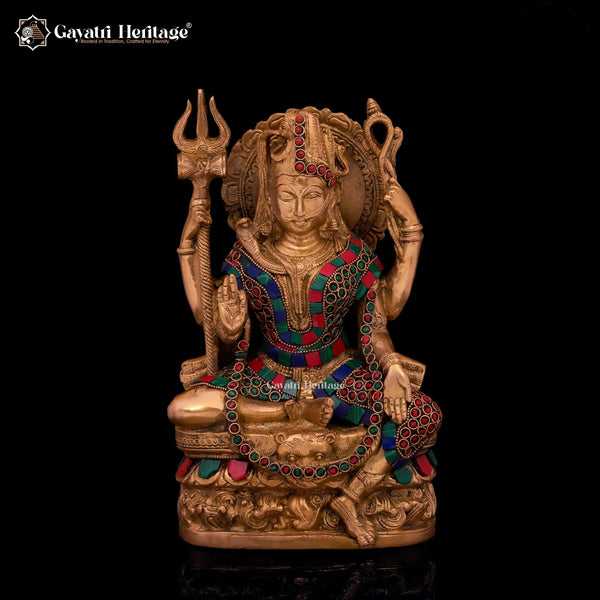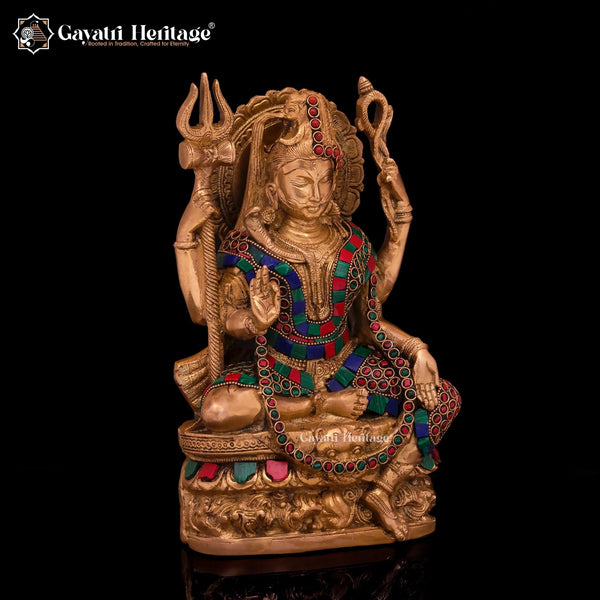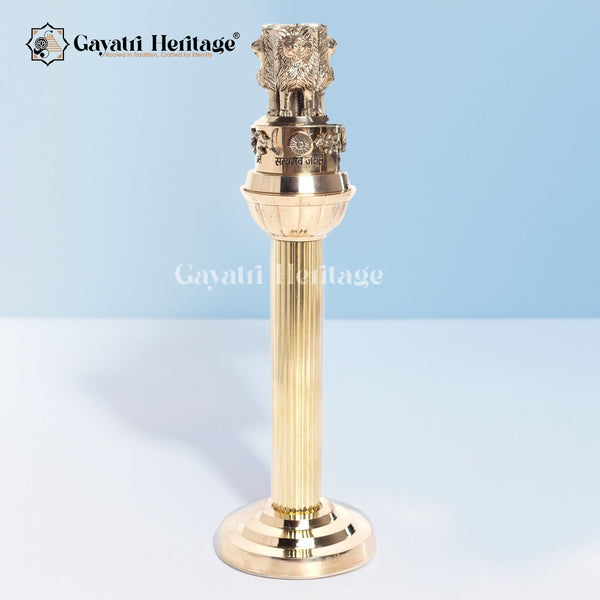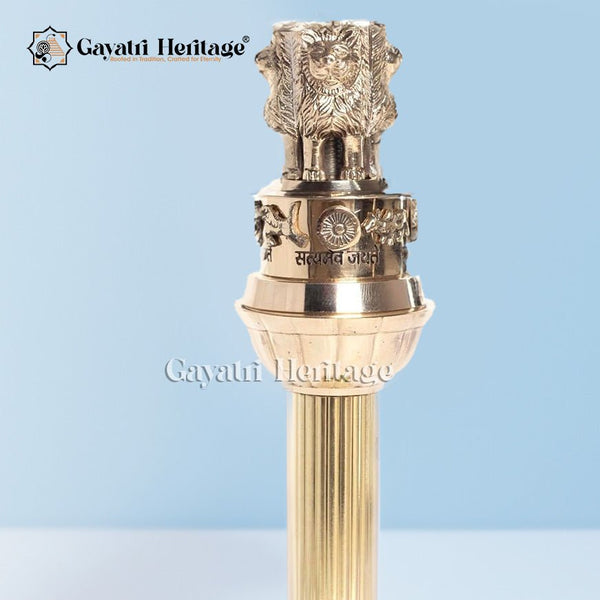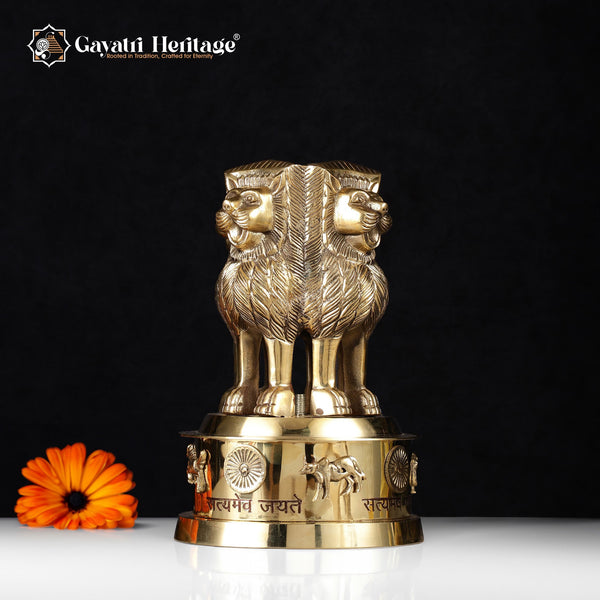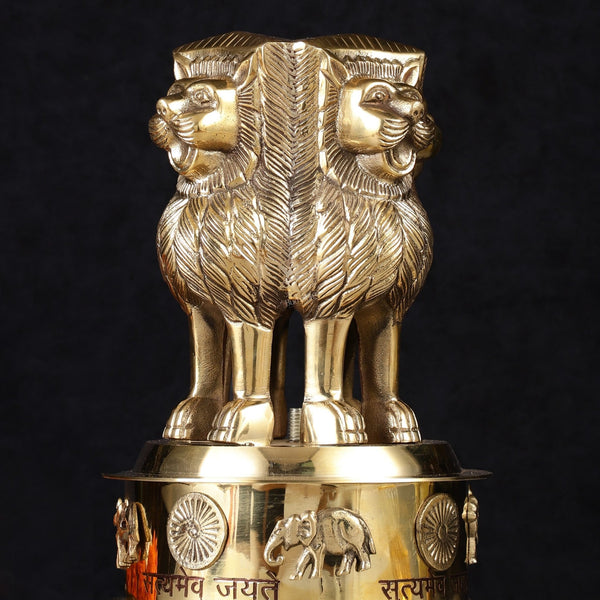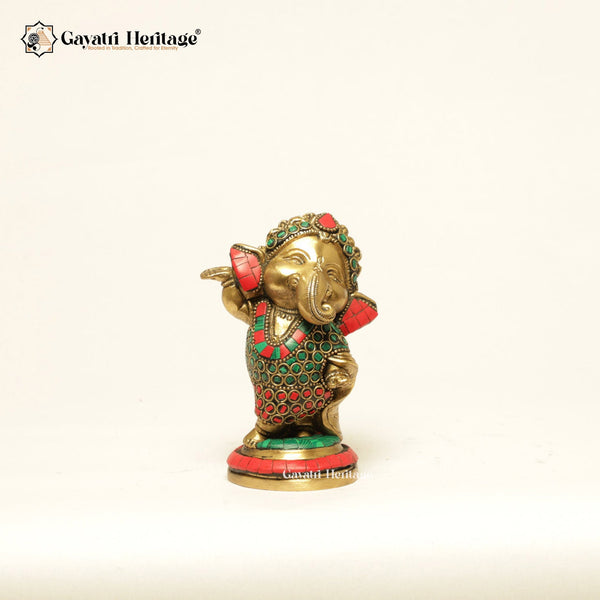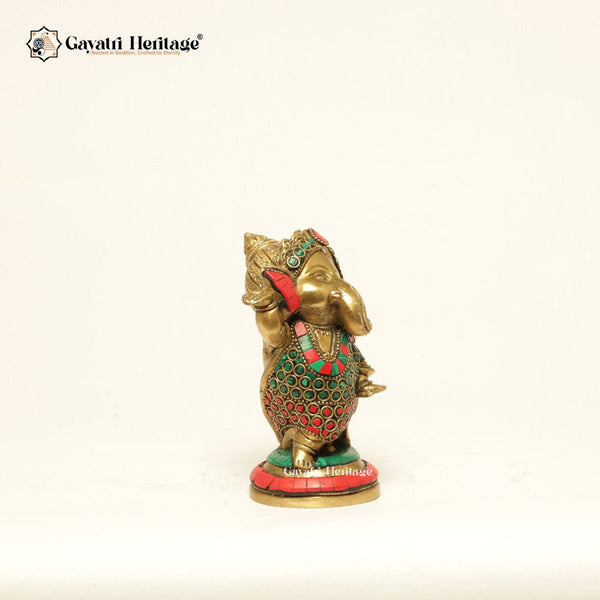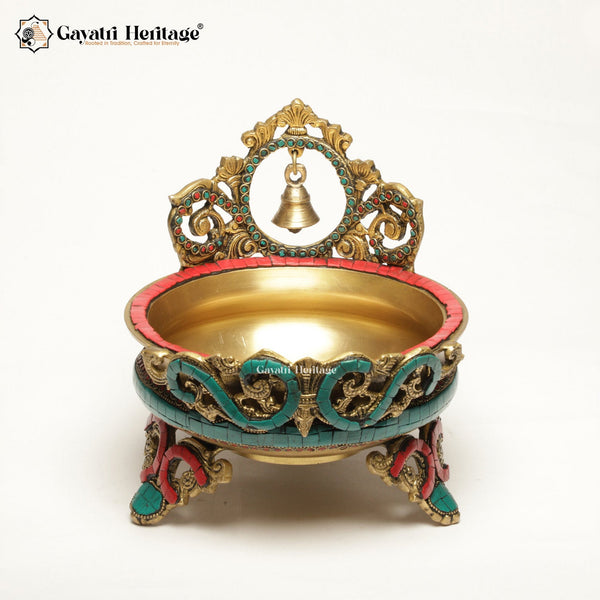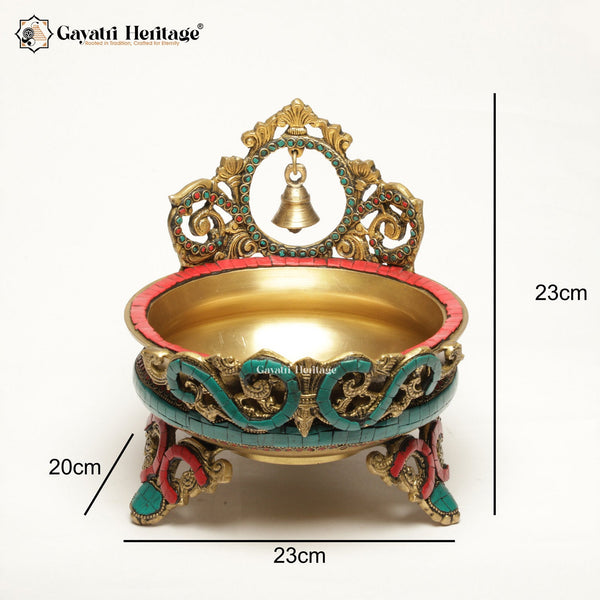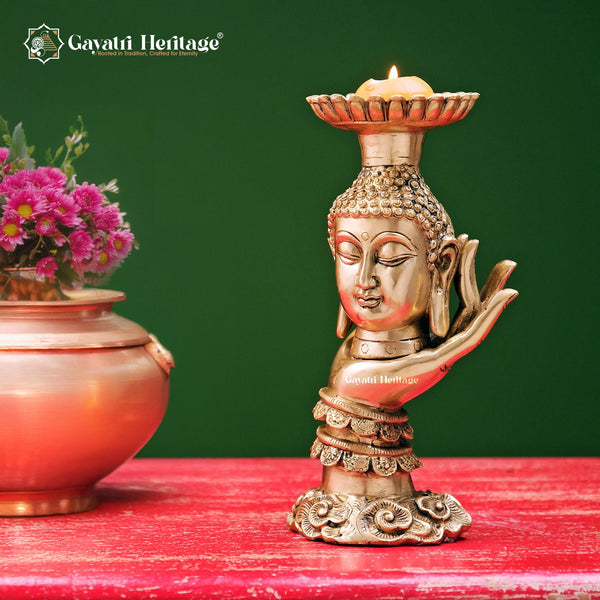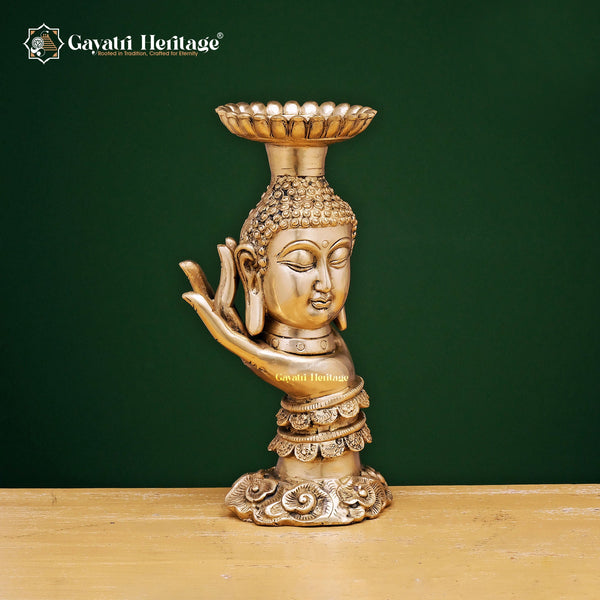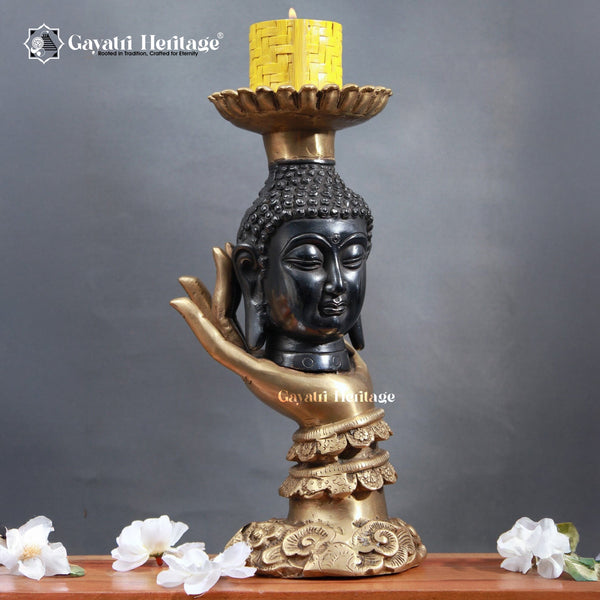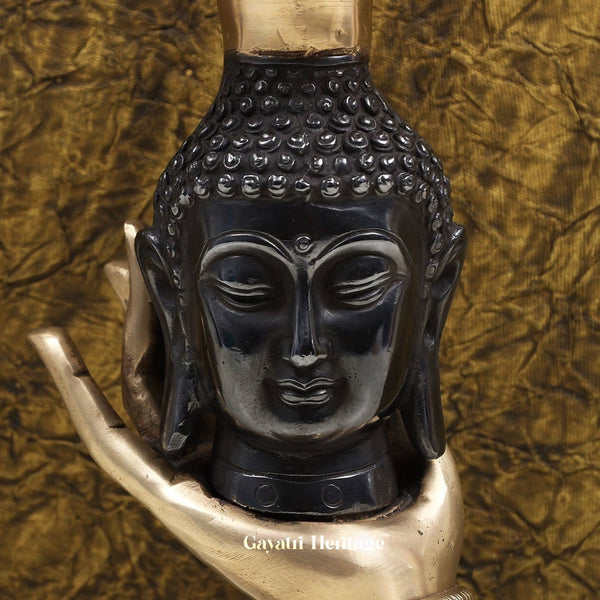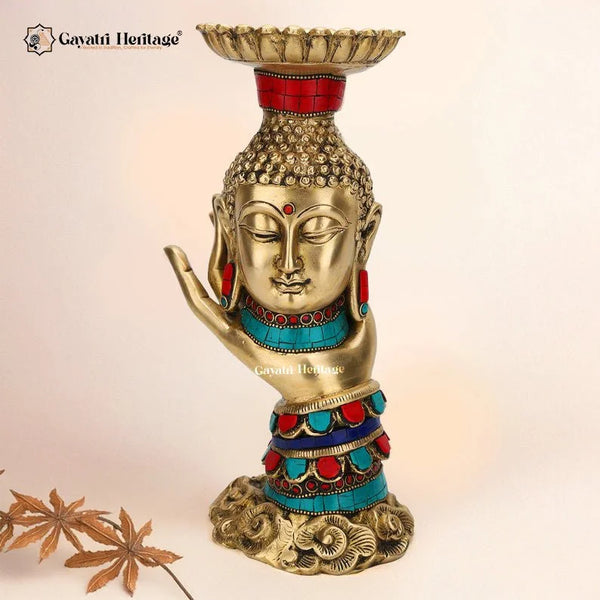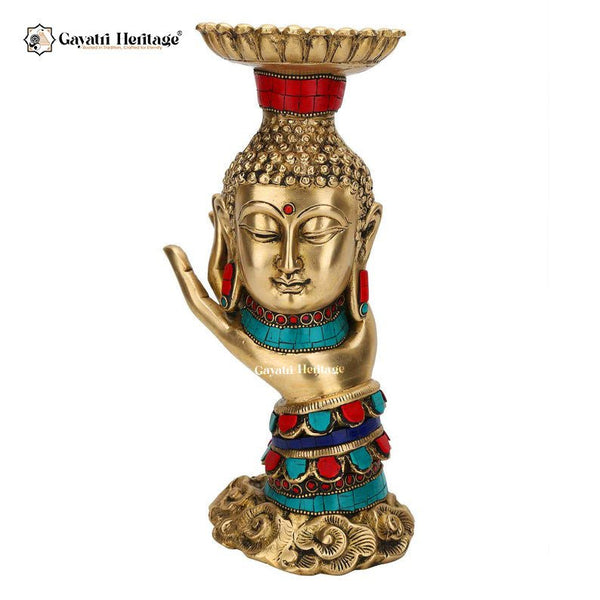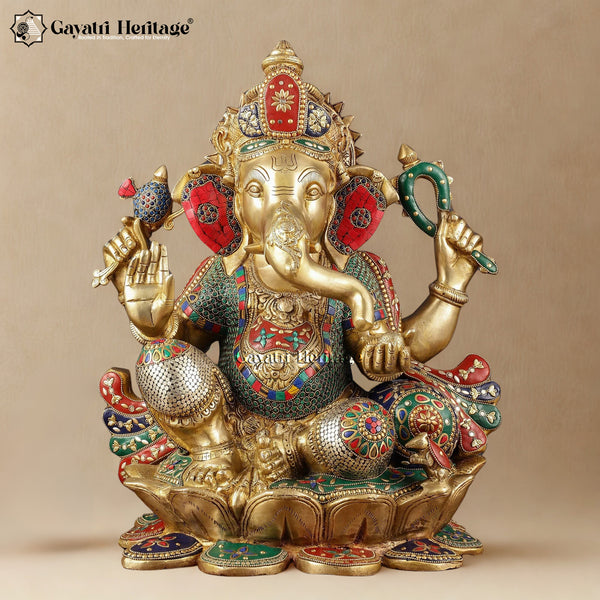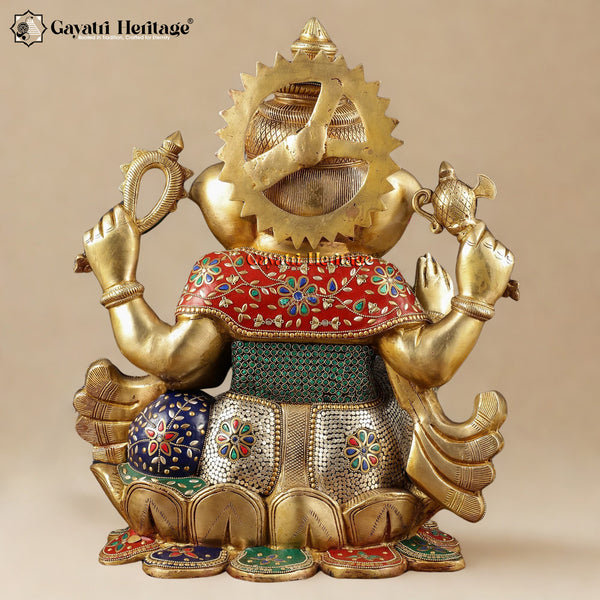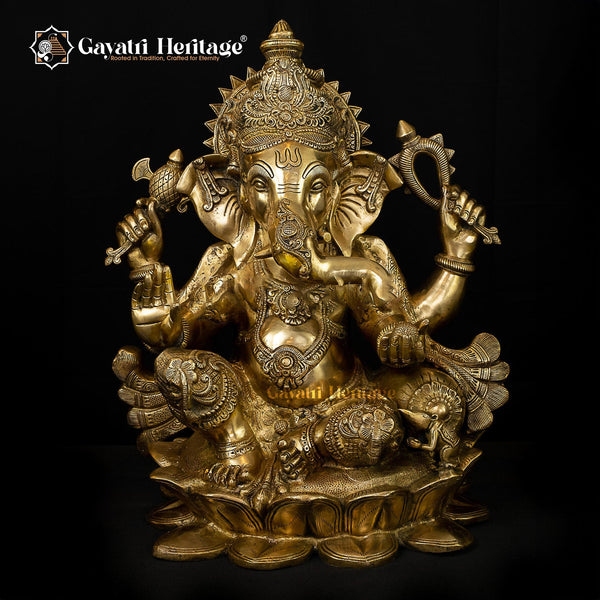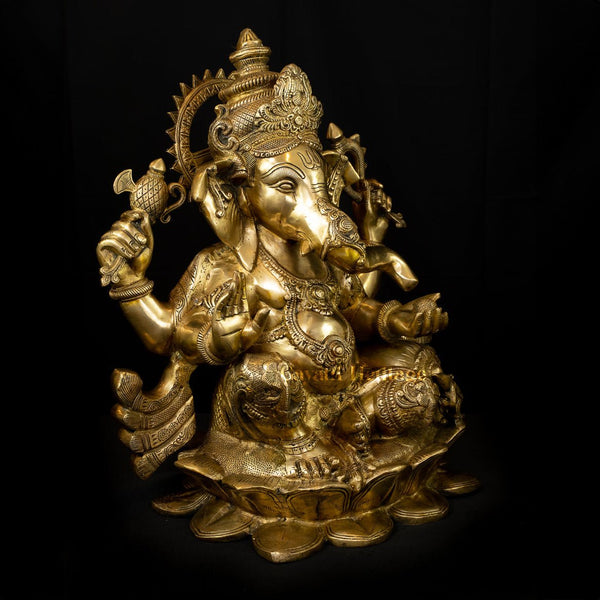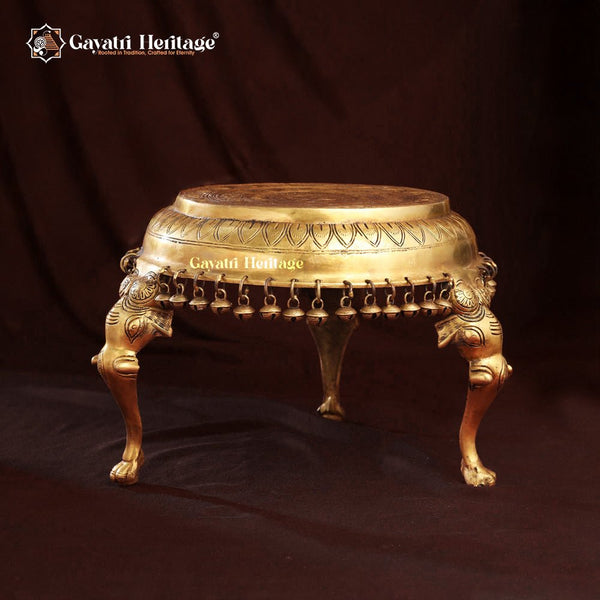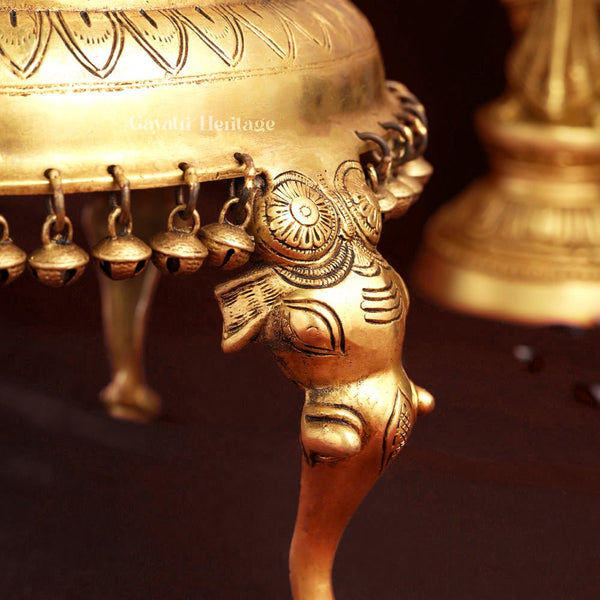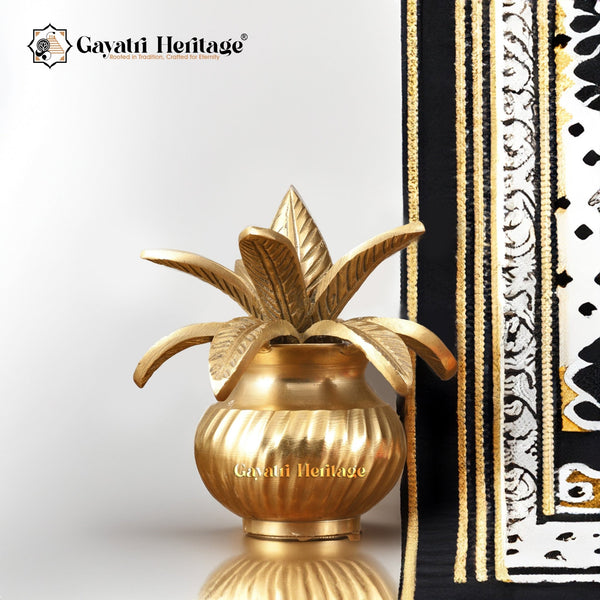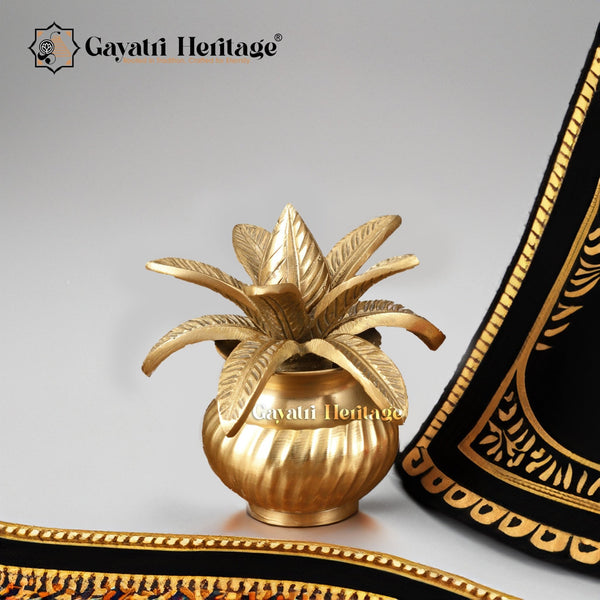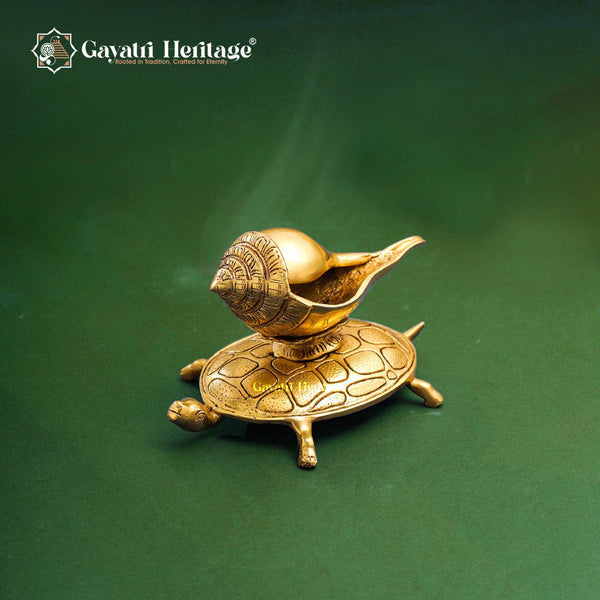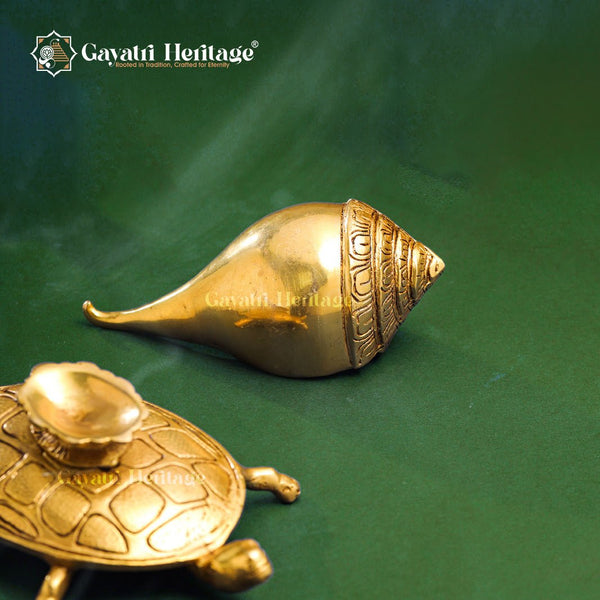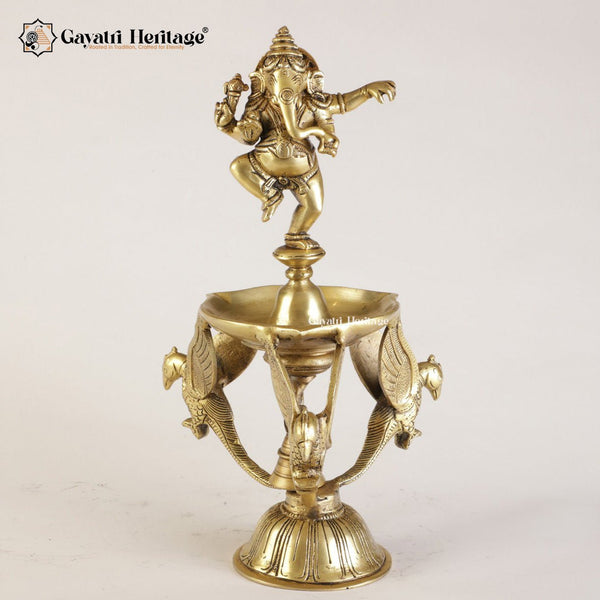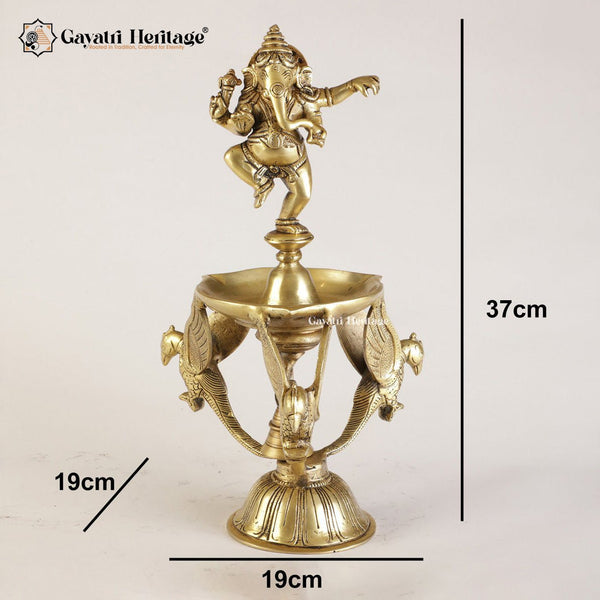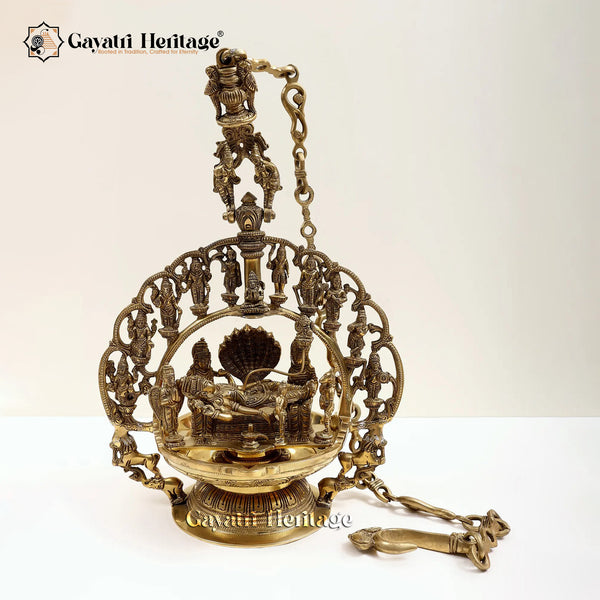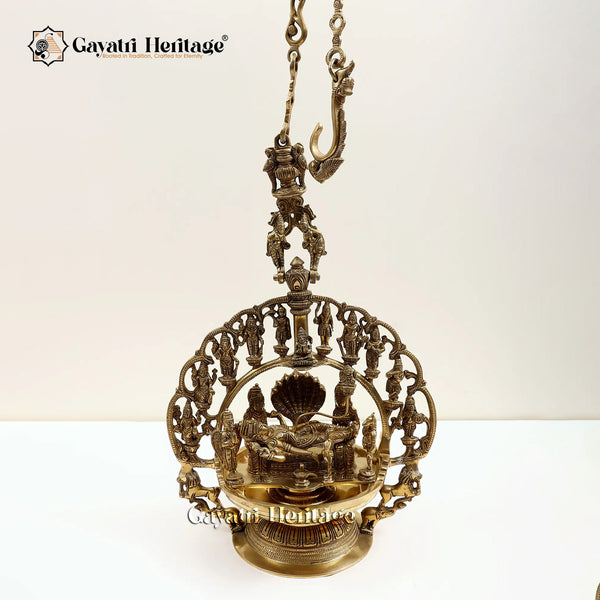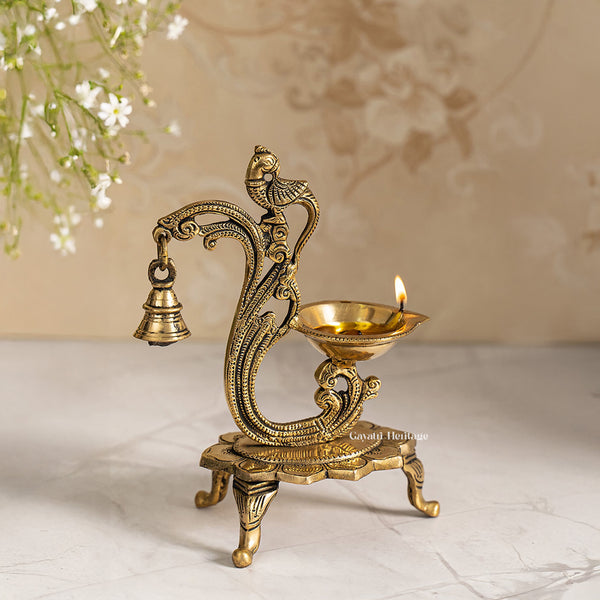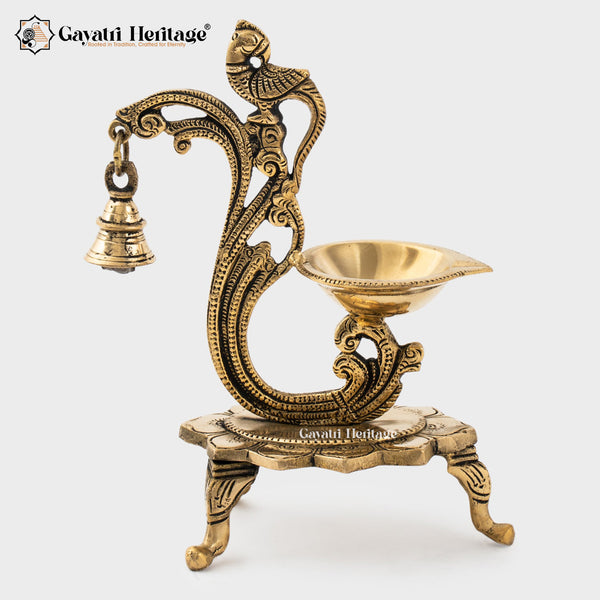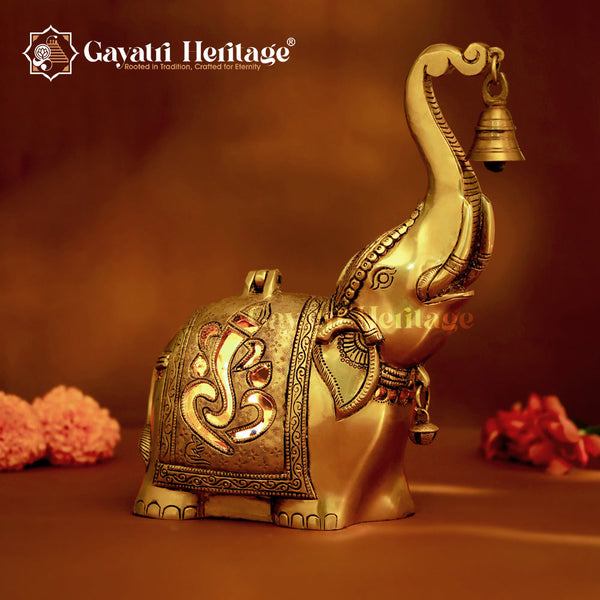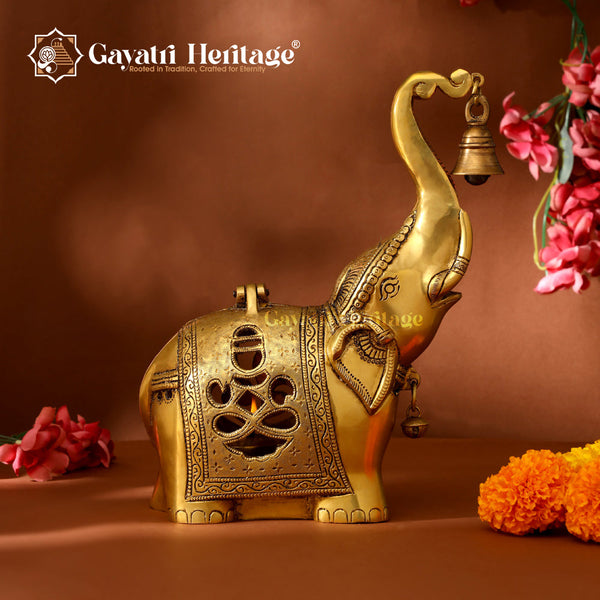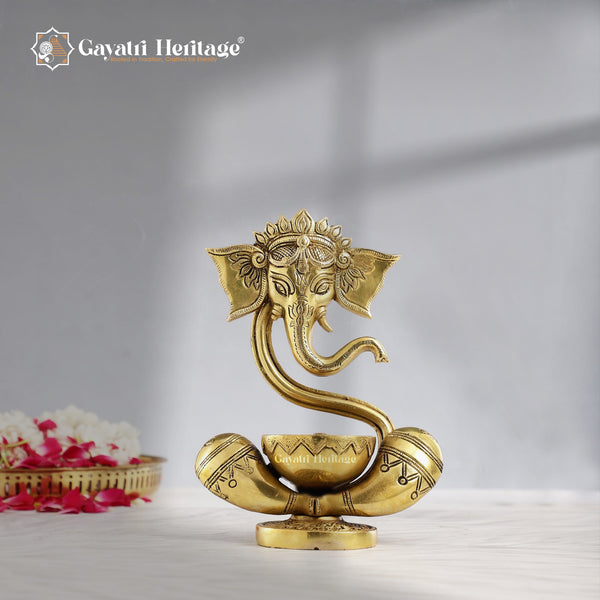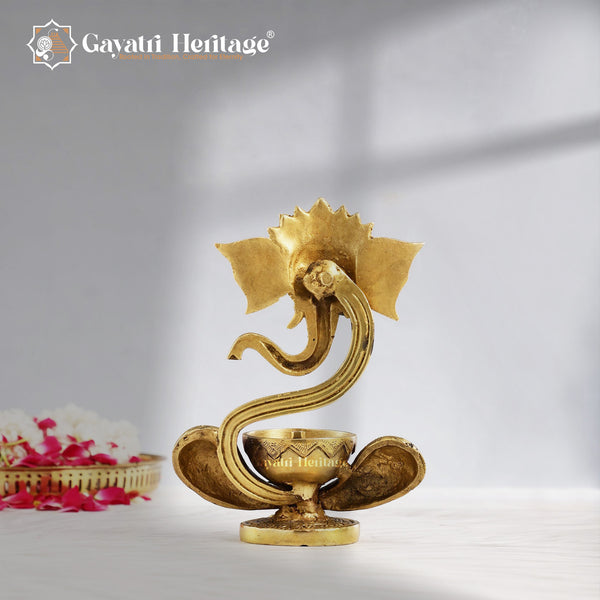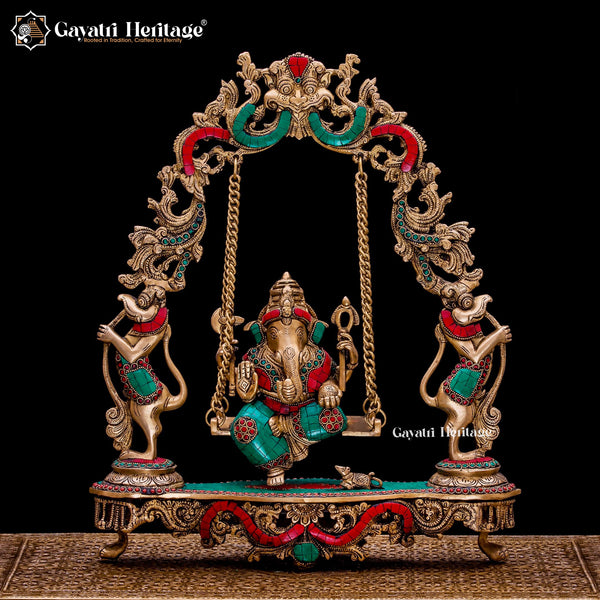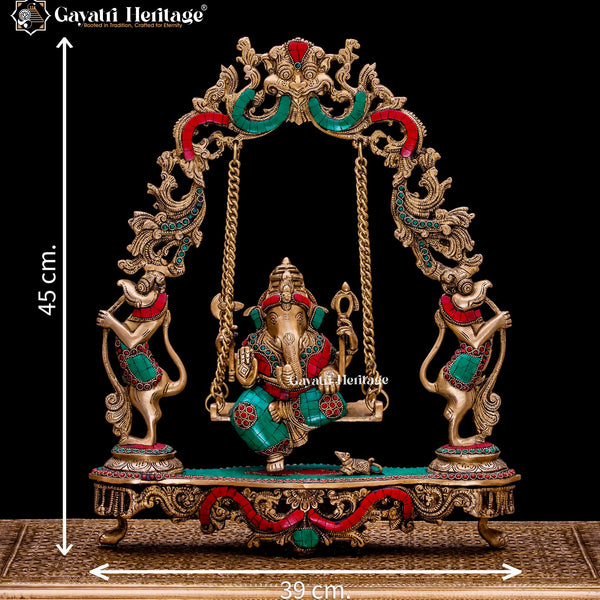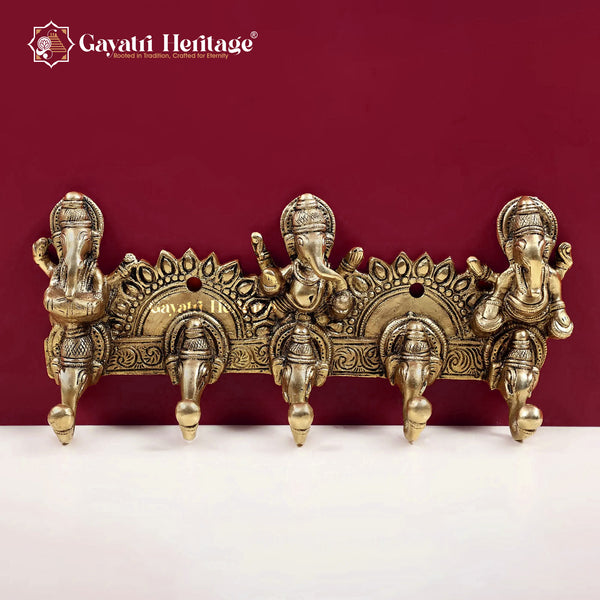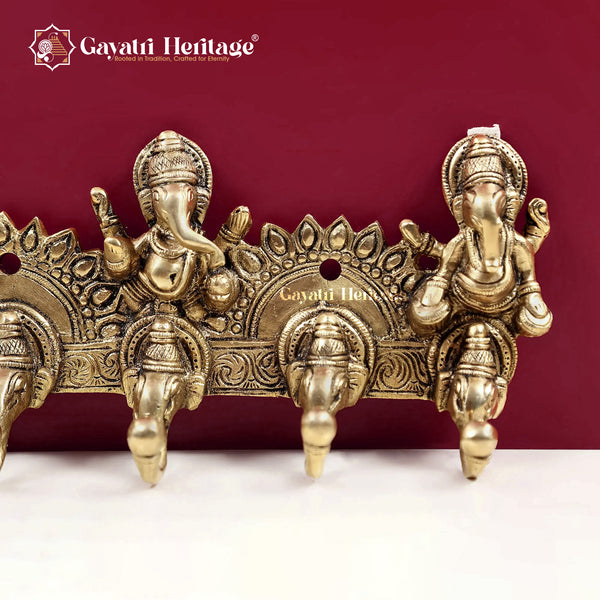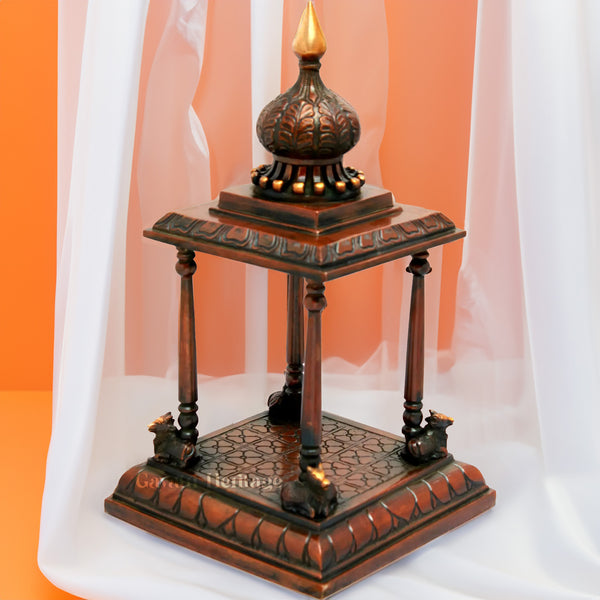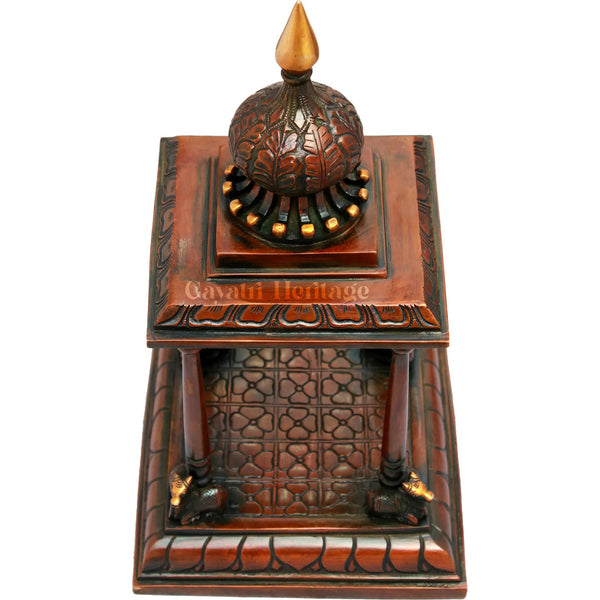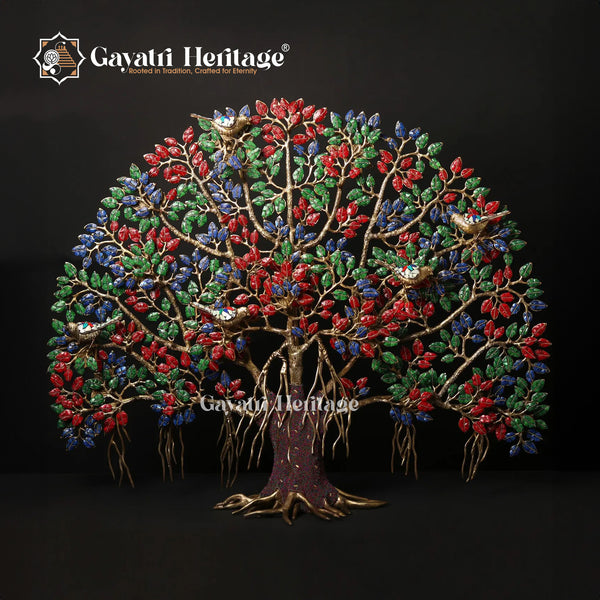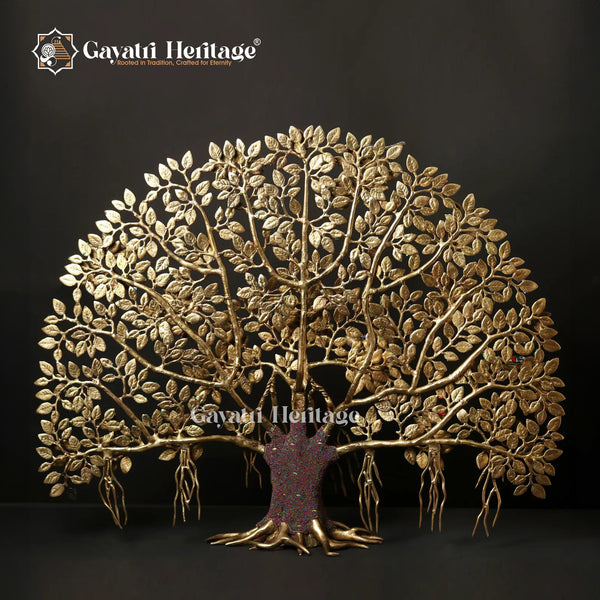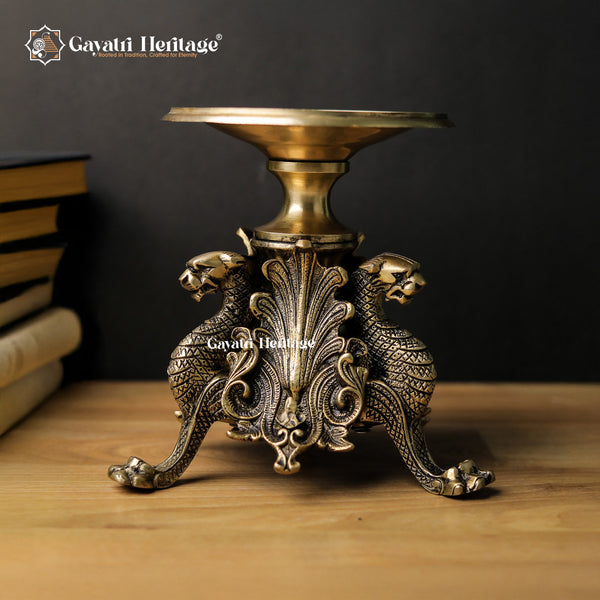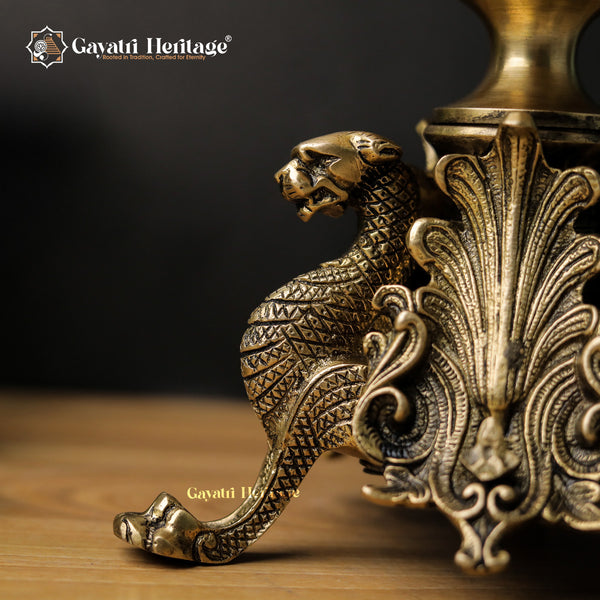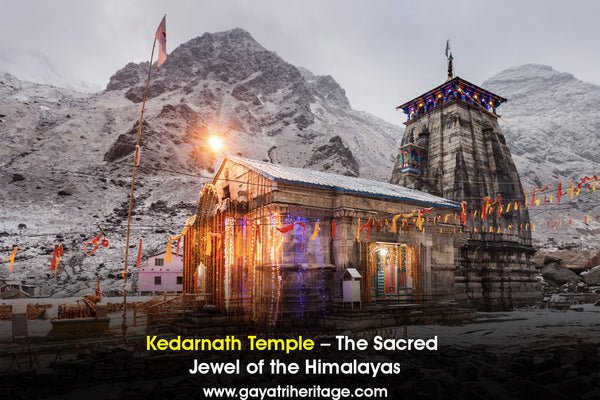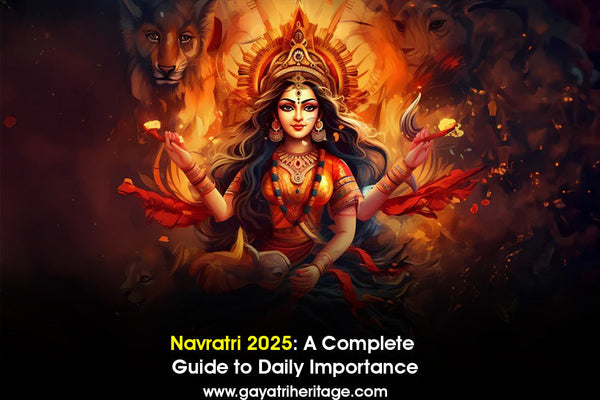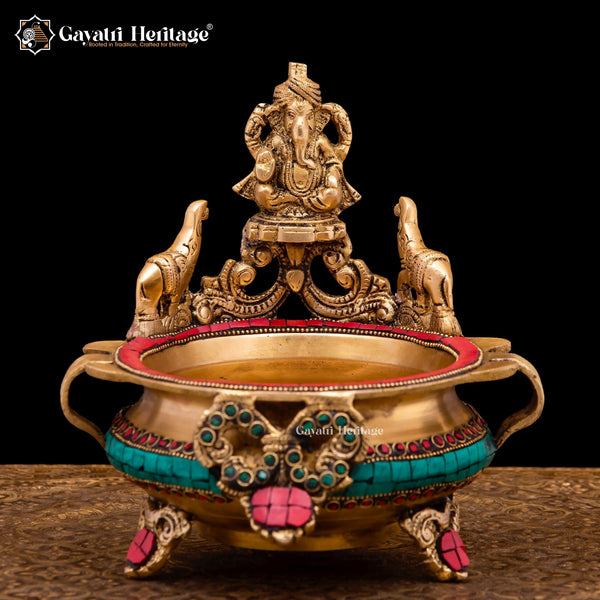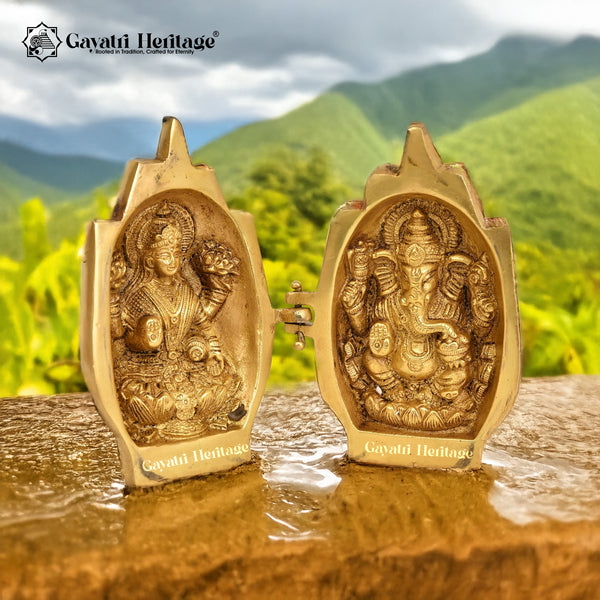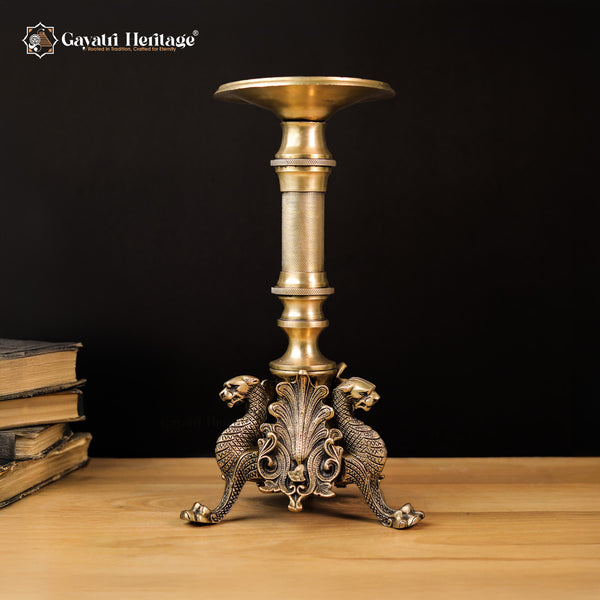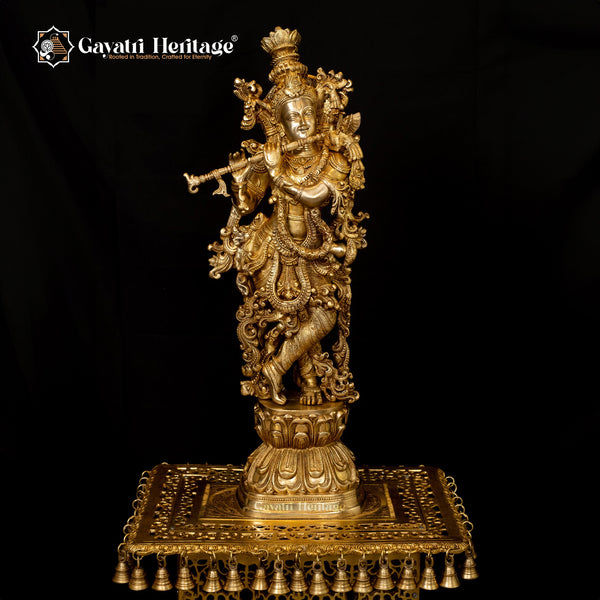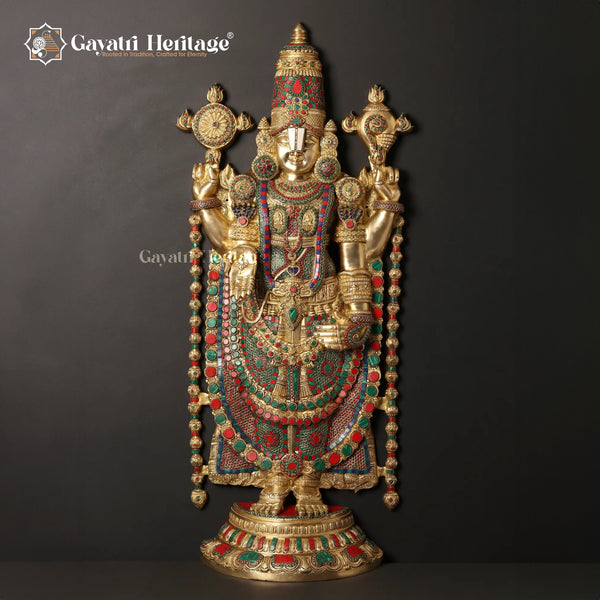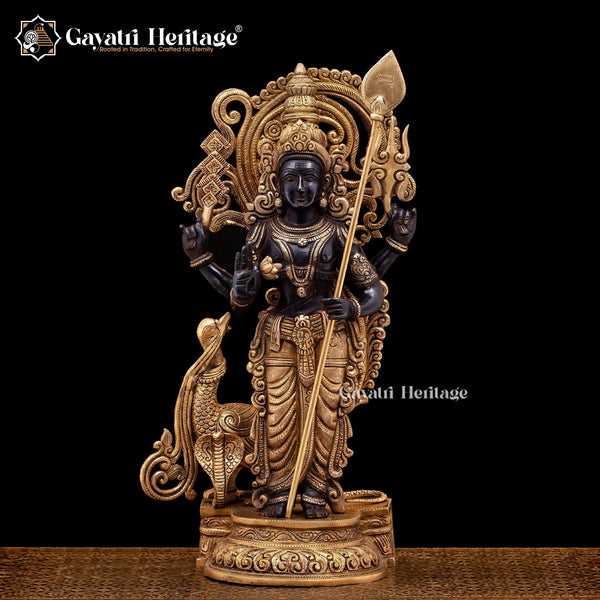Lord Murugan, a revered deity in Hinduism, holds a unique and cherished position, especially in Tamil culture. Known as the God of War and the Protector of the Tamil People, Murugan is deeply associated with wisdom, bravery, and divine strength. His story is rich with spiritual significance, mythological grandeur, and cultural relevance.
The Many Names of Lord Murugan
Murugan is known by various names, each reflecting different facets of his divinity and personality. Some of his most popular epithets include:
- Kartikeya: Derived from the Krittika stars (Pleiades), this name signifies his celestial birth and connection to the stars.
- Skanda: Meaning "the one who spills over," this name refers to his overflowing energy and valor.
- Subramanya: A name that emphasizes his auspicious and benevolent nature.
- Senthil: A Tamil name highlighting his association with knowledge and youthfulness.
- Velayudhan: Reflecting his weapon, the Vel (spear), which symbolizes wisdom and destruction of ignorance.
The Divine Birth of Lord Murugan
The legend of Murugan’s birth is rooted in the Shiva Purana and Skanda Purana. According to mythology, Lord Murugan was born from the divine sparks of Lord Shiva's third eye. The sparks were carried by the fire god, Agni, and deposited in the Saravana Poigai, a sacred pond. Here, Murugan was nurtured by six celestial nymphs known as the Krittikas, giving him his other name, Kartikeya.
From a young age, Murugan exhibited extraordinary strength, courage, and wisdom. His divine mission became clear when the devas (gods) sought his help to defeat the demon Surapadman, who had wreaked havoc across the three worlds.
Murugan’s Victory Over Surapadman
The battle between Murugan and Surapadman is a cornerstone of Hindu mythology. Armed with his powerful Vel, bestowed upon him by his mother, Goddess Parvati, Murugan waged a fierce war. After a prolonged battle, he vanquished Surapadman, who ultimately surrendered and was transformed into Murugan’s eternal vehicle, the peacock. This victory is celebrated annually during the festival of Thaipusam, symbolizing the triumph of good over evil.
Murugan’s Family and Life
Murugan’s familial connections add depth to his divine story. He is the son of Lord Shiva and Goddess Parvati and the younger brother of Lord Ganesha. Despite being a warrior god, Murugan’s life also reflects his softer side through his relationships with his two consorts:
- Devasena: Daughter of Indra, the king of the gods, and representative of heavenly virtues.
- Valli: A tribal princess and embodiment of earthly love and devotion.
Murugan’s dual marriage symbolizes the union of spiritual aspiration (Devasena) and material devotion (Valli), highlighting the balance between the divine and earthly realms.
The Significance of Murugan in Tamil Culture
Lord Murugan is particularly revered in Tamil Nadu, where he is considered the patron deity of the Tamil people. Temples dedicated to him, such as the Arupadai Veedu (six abodes of Murugan), hold immense spiritual and cultural significance. These six sacred shrines—Palani, Swamimalai, Tiruchendur, Thiruthani, Pazhamudircholai, and Thiruparankundram—are pilgrimage sites that celebrate different aspects of his life and deeds.
The World’s Tallest Statue of Lord Murugan
One of the most awe-inspiring tributes to Lord Murugan is the towering statue at the Batu Caves in Malaysia. Standing at an impressive 140 feet (42.7 meters), this golden statue is the tallest Murugan statue in the world and a major attraction for devotees and tourists alike. It stands as a testament to the global reach of Murugan’s worship and the deep cultural ties between Tamil Nadu and the Tamil diaspora.
Murugan’s Symbolism and Relevance
Murugan’s Vel, his ever-youthful appearance, and his peacock mount are rich with symbolic meaning:
- Vel: Represents the piercing of ignorance and the pursuit of wisdom.
- Peacock: Symbolizes the conquest of ego and vanity.
- Rooster emblem: Denotes vigilance and the destruction of negativity.
Murugan’s relevance extends beyond religious rituals. He embodies qualities such as fearlessness, intelligence, and compassion, making him a timeless role model for spiritual and worldly pursuits.
Conclusion
Lord Murugan’s life and legacy are an intricate tapestry of divine virtues, heroic deeds, and cultural significance. As the divine warrior, protector, and teacher, he continues to inspire millions with his story. Whether it’s through the grand celebrations of Thaipusam, the sacred visits to his six abodes, or the towering statue at Batu Caves, Murugan’s presence is a beacon of faith, devotion, and divine grace for all who seek his blessings.
